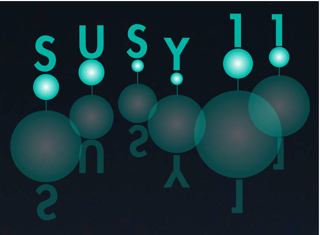Speaker
Dr
Yanou Cui
(Harvard University, University of Maryland-College Park)
Description
We present a new mechanism for transferring a pre-existing lepton or baryon asymmetry to a dark matter asymmetry that relies on mass mixing which is dynamically induced in the early universe. Such mixing can succeed with only generic scales and operators and can give rise to distinctive relationships between the asymmetries in the two sectors. The mixing eliminates the need for the type of additional higher-dimensional operators that are inherent to many current asymmetric dark matter models. We consider several implementations of this idea. In one model, mass mixing is temporarily induced during a two-stage electroweak phase transition in a two Higgs doublet model. In the other class of models, mass mixing is induced by large field vacuum expectation values at high temperatures - either moduli fields or even more generic kinetic terms. Mass mixing models of this type can readily accommodate asymmetric dark matter masses ranging from 1 GeV to 100 TeV and expand the scope of possible relationships between the dark and visible sectors in such models
